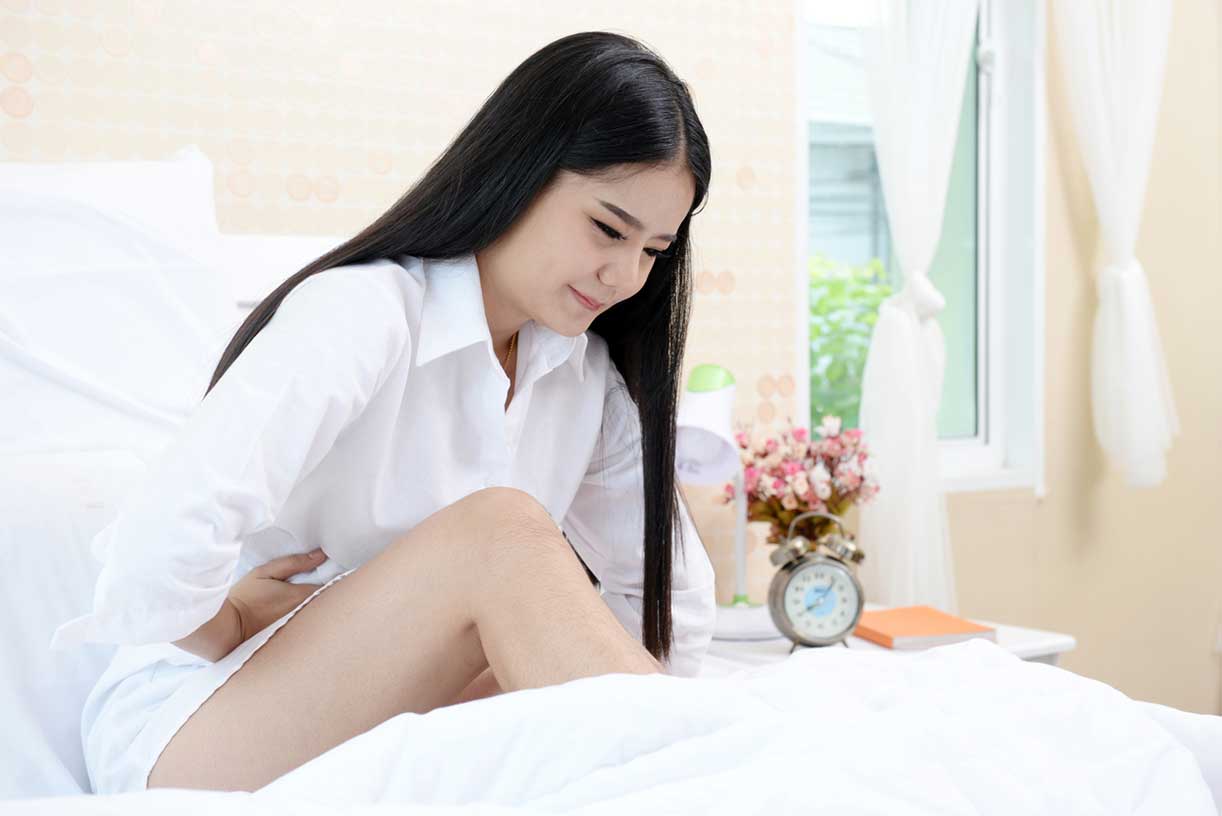
Endometriosis – What Women Need to Know
Endometriosis is thought to affect up to 10% of women and even higher in those experiencing infertility. So what is endometriosis and what is the management of this condition that can significantly a woman’s quality of life?
Endometriosis occurs when the cells that line the uterus (endometrium) are found in other parts of the body. The most common site for endometriosis is within the pelvis, however rarely it can occur outside of the pelvis.
The endometrial cells can be found on organs within the pelvis such as the bowel and bladder or in the ovary where it is called an endometrioma. Some women also have adenomyosis where the endometrial cells grow within the uterine muscle.
So being endometrial cells, the deposits have the same sensitivity to hormones as your uterine lining and can bleed at the same time as your period.
What is the Cause of Endometriosis?
Unfortunately the answer to this is we don’t know. However we do know that if a woman has a family history of a close relative with endometriosis, she is 7-10 times more likely to get endometriosis. There was a theory of retrograde menstruation, where the blood flows backwards into the fallopian tubes and pelvis during the period. However this happens in all women and what we don’t understand is why in 90% of women, this will be broken down and eliminated, whereas in the other 10% the endometrial tissue will remain and start to grow.
Research shows that in women with the endometrial deposits, there is an increase in oestrogen production within these deposits which drives their growth and is pro-inflammatory, so causing more oestrogen production and so the vicious cycle continues.
Also there appears to be an effect on the immune cells within the local environment such that there is an excessive stimulation of mast cells. Mast cells are found throughout the reproductive tract and act to remove debris during menstruation. But within the endometriosis deposits, the excessive stimulation of mast cells may be the driver for the level of pain experienced and not the size of the lesions.
Further interesting research has shown that the endometrial microbiome is vastly different between unaffected women and those who suffer endometriosis with a much more pro inflammatory microbiome.
What are the Symptoms of Endometriosis?
About 1/3 of women may have no symptoms at all and endometriosis is found during investigations for infertility or during an operation for other reasons.
With the symptomatic women, the following can occur:
- Pain before, during or after a period
- Pain during sex
- Pain on opening the bowels or passing urine
- Ovulation pain
- Bleeding before or after a period
- Bleeding from the bowel or bladder especially around period time
- Abdominal bloating and change in bowel habit
- Fatigue, especially around period time
The symptoms can vary form mild to severe and significantly impact a woman’s quality of life. Unfortunately many women put up with these symptoms for far too long thinking that this is just what happens with menstruation.
But it is not ok to suffer with severe period pain, missing school, work other activities. The take home message is, if you suspect you have endometriosis, it is important to get a referral to see a gynaecologist as currently the only way to diagnose endometriosis is via laparoscopy. The other benefit of having a laparoscopy is that the gynaecologist can remove any endometriosis that is present, so treating the endometriosis at the same time.
Finally there are some natural therapies that are showing promise for symptomatic treatment of endometriosis and include:
- N-Acetyl Cysteine (NAC)
- Herbal combinations including poria and peony
- Progesterone – bio-identical
So, as a woman it is important to be informed and know that if you are suffering too much with any of the above symptoms, don’t put up with it, but get checked!